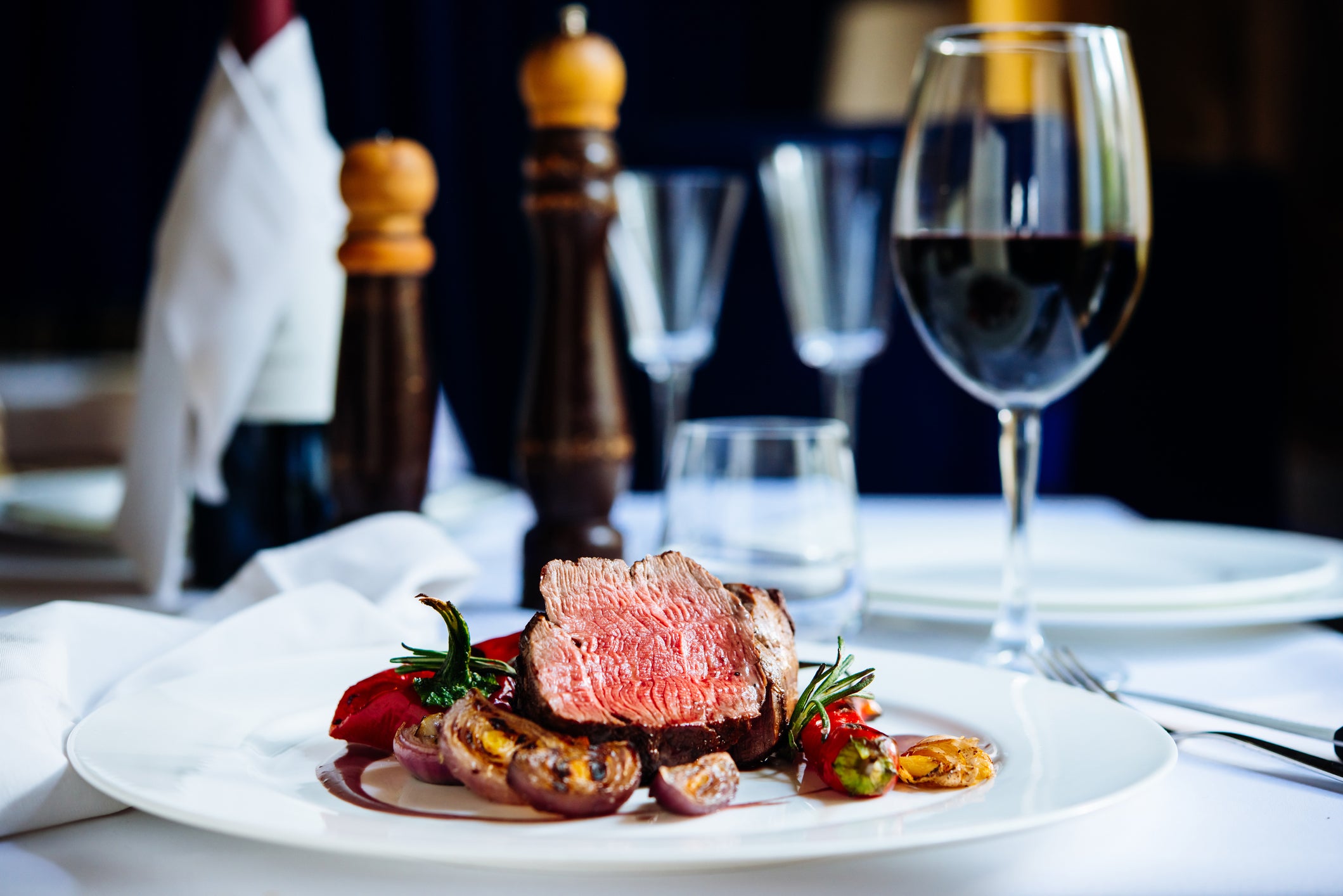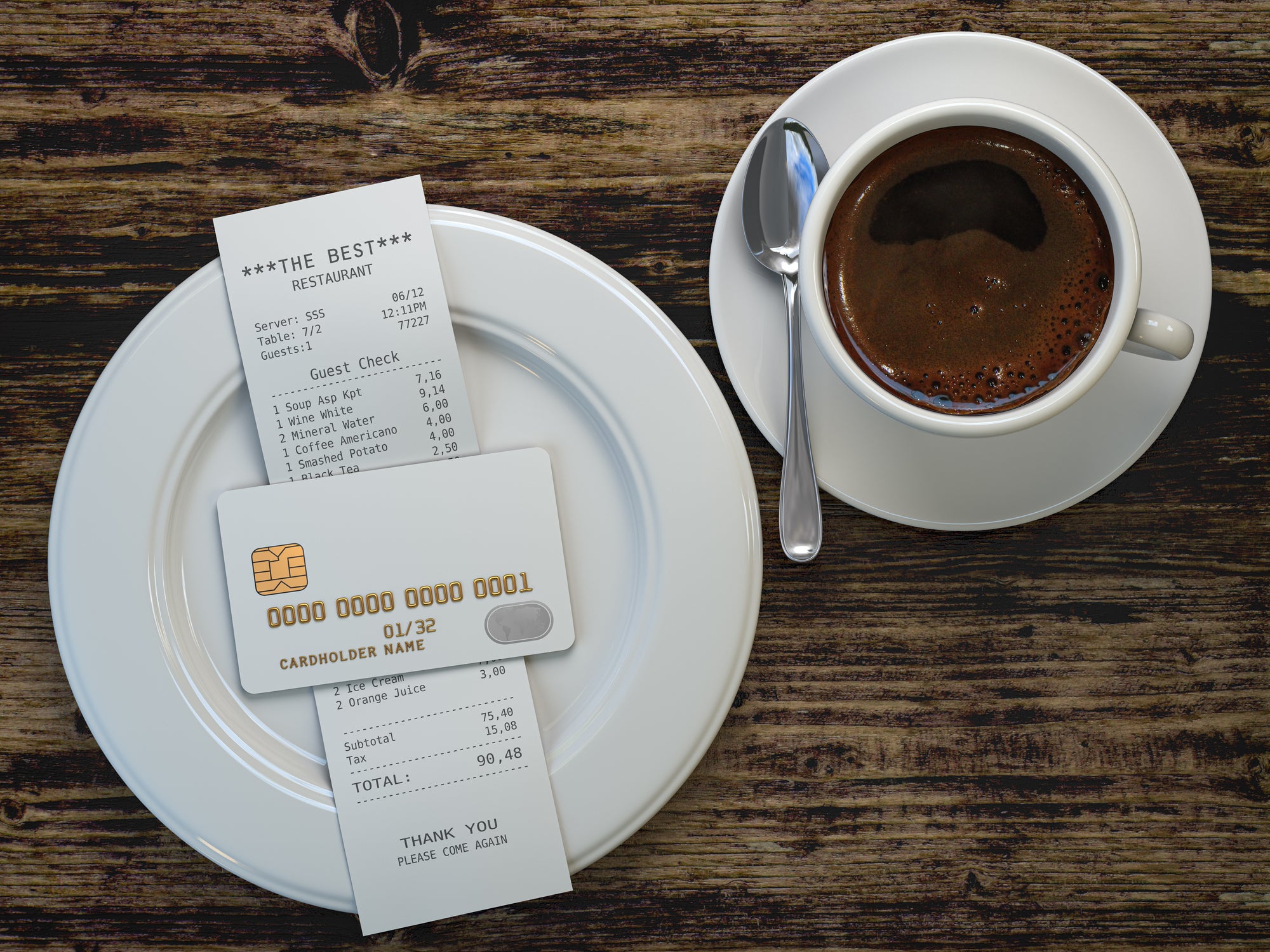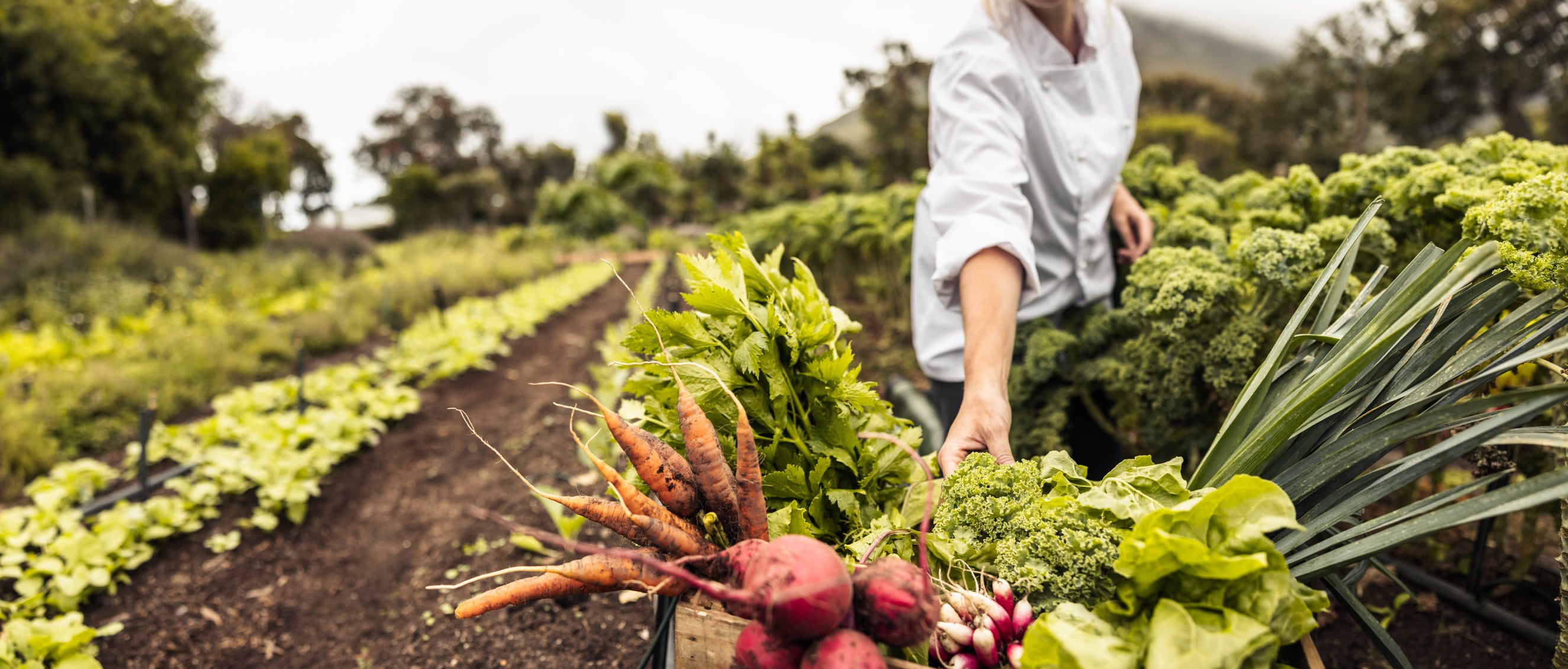- Finance
-
Equipment
- Beverage
- Coffee
-
Cooking
- Shop all cooking
- Bratt pans
- Char grills
- Chicken rotisseries
- Combi ovens
- Contact grills
- Convection ovens
- Conveyor toasters
- Cooktops
- Cooktop oven combos
- Crepe and pancake makers
- Deck ovens
- Fryers and oil filters
- Griddles
- Kebab machines
- Microwaves
- Pasta cookers
- Pizza ovens
- Range ovens
- Rice cookers
- Salamander grills
- Sous vide
- Speed ovens
- Steamers
- Tandoor ovens
- Toaster grills
- Waffle makers
- Wok burners
- Other
- Dishwashers
- Food display
- Food preparation
- Stainless steel
- Laundry
- Point of sale
-
Refrigeration
- Shop all refrigeration
- Blast chillers
- Chest freezers
- Countertop fridges
- Display freezers
- Display fridges
- Gelato freezers
- Ice-cream machines
- Ice machines
- Pizza prep fridges
- Refrigerated drawers
- Sandwich prep fridges
- Slushie machines
- Under counter freezers
- Under counter fridges
- Upright freezers
- Upright fridges
- Other
- Restaurant furniture
- Shop all equipment
- Customers
- Become a Partner
- About Us
Share
Restaurant Profit Margin: How to Increase Your Restaurant's Bottom Line
article
Australia is in the midst of the biggest cost of living crisis in decades, and this can make it particularly challenging for restaurant owners to maintain a healthy profit margin.
This is just one of the factors that make it increasingly important for restaurant owners to implement effective strategies to manage costs and increase revenue, in order to remain competitive and successful in the current economic climate.
In this article, we will explore some of the key factors that impact restaurant profit margins in Australia, and provide insights into how restaurant owners can increase their bottom line in the face of rising costs and economic challenges.
There are several factors that can impact a restaurant's profit margin. These include:
Cost of Ingredients and Supplies

One of the most significant expenses for any restaurant is the cost of ingredients and supplies.
In Australia, the cost of food and beverage products can vary significantly depending on the type and quality of the product, as well as the location and availability of the supplier.
Restaurants that use high-quality, locally sourced or imported ingredients may incur even higher costs, as these products often come with a premium price tag.
To manage these costs, restaurant owners can consider a range of strategies.
One approach is to negotiate with suppliers to secure better deals on ingredients and supplies.
This may involve bulk buying or establishing long-term relationships with suppliers to access better prices.
Restaurant owners can also explore the option of using alternative ingredients or cheaper substitutes that do not compromise on quality or taste.
Another strategy is to streamline inventory management processes to avoid overstocking or waste.
By monitoring inventory levels and ordering only what is necessary, restaurant owners can minimise the risk of spoilage and reduce food waste, which can be a significant expense for many restaurants.
Investing in technology solutions such as inventory management software can also help to automate this process and provide real-time insights into inventory levels and usage patterns.
Rent and Utilities

Rent and utilities are two major expenses that restaurant owners in Australia need to manage effectively in order to maintain a healthy profit margin.
The cost of rent can vary significantly depending on the location of the restaurant, with prime locations in major cities often commanding high rents.
Utilities such as electricity, gas, and water can also be significant expenses for restaurants, particularly those with large kitchens and dining areas.
To manage these costs, restaurant owners can explore a range of strategies.
One approach is to negotiate with landlords to secure better lease terms or lower rents.
This may involve discussing the possibility of longer lease agreements or exploring the option of subleasing unused space to generate additional income.
In some cases, restaurant owners may also consider relocating to a more affordable location that still offers the desired level of foot traffic and visibility.
Another strategy is to implement energy-efficient technologies and practices to reduce utility costs.
This may involve investing in LED lighting, energy-efficient kitchen equipment, and smart thermostats to minimise energy usage.
Water-saving fixtures and processes can also help to reduce water bills, while recycling and composting programs can help to minimise waste and associated costs.
Labour Costs

Labour costs are another significant expense for restaurants in Australia, and can be particularly challenging to manage in an industry with high staff turnover rates and increasing minimum wage requirements.
The cost of labour includes not only wages but also associated expenses such as superannuation, workers' compensation, and payroll taxes.
To manage these costs, restaurant owners can explore a range of strategies.
One approach is to implement effective staff management practices, including proper scheduling, training, and performance management.
By ensuring that staff are properly trained and motivated, restaurant owners can minimise staff turnover and associated hiring costs.
Another strategy is to consider outsourcing certain roles, such as cleaning or bookkeeping, to third-party service providers.
This can help to reduce labour costs while ensuring that these functions are still performed to a high standard.
Restaurant owners can also consider implementing technology solutions such as automated ordering systems and mobile payment options.
These can help to reduce the need for front-of-house staff, while also improving efficiency and customer satisfaction.
Marketing and Advertising Expenses

Marketing and advertising expenses are another area where restaurant owners need to be strategic in managing costs.
Effective marketing and advertising can help to attract new customers and increase revenue, but can also be a significant expense for restaurants, particularly for those operating in highly competitive markets.
To manage these costs, restaurant owners can explore a range of strategies.
One approach is to focus on low-cost or no-cost marketing and advertising methods, such as social media, email marketing, and customer referral programs.
These methods can be highly effective in reaching new customers and building brand awareness, without requiring a significant investment in advertising expenses.
Another strategy is to collaborate with other businesses or organisations in the local community to co-promote events or initiatives.
This can help to increase visibility and attract new customers, while also building valuable relationships with other businesses and organisations.
Restaurant owners can also consider investing in technology solutions such as customer relationship management (CRM) software or digital advertising tools to maximise the effectiveness of their marketing and advertising efforts.
These solutions can help to track and analyse customer behaviour and preferences, allowing restaurant owners to target their marketing and advertising efforts more effectively.
Pricing Strategy

Pricing strategy is a critical factor in maintaining a healthy profit margin for restaurants in Australia.
While setting menu prices that are competitive and attractive to customers is important, it's equally important to ensure that prices reflect the cost of ingredients, labour, rent, utilities, marketing and advertising, and other associated expenses.
To effectively manage pricing, restaurant owners can consider a range of strategies.
One approach is to regularly review and adjust menu prices based on changes in costs or market conditions.
This can help to ensure that prices remain competitive while also reflecting the true cost of producing and serving each menu item.
Another strategy is to consider implementing dynamic pricing strategies, such as surge pricing during peak periods or discounts during slower times.
This can help to maximise revenue and ensure that menus remain competitive and attractive to customers throughout the day and week.
Finally, restaurant owners can consider implementing bundling or upselling strategies, where menu items are bundled together or additional items are suggested during the ordering process.
This can help to increase revenue per customer and maximise the value of each transaction.
Case Studies of Successful Australian Restaurants with High Profit Margins
To provide inspiration and insights, let's look at two successful Australian restaurants that have achieved high profit margins:
Gelato Messina
Gelato Messina is an award-winning gelato chain with locations throughout Australia.
Their unique selling proposition is their commitment to using the best ingredients to create inventive flavours.
To increase their profit margin, they have invested in technology solutions such as online ordering and digital loyalty programs.
They also offer catering services to drive additional revenue.
Three Blue Ducks
Three Blue Ducks is a sustainable farm-to-table restaurant with locations in New South Wales and Queensland.
They source their ingredients from local farmers and producers, which helps keep their food costs low.
They also offer cooking classes and events, which provide additional revenue streams.
There are many successful restaurants in Australia that have managed to maintain healthy profit margins despite the challenges of the industry.
Here are some key lessons that restaurant owners can learn from their success:

Focus on quality
Successful restaurants in Australia have a reputation for using high-quality ingredients and delivering exceptional dining experiences.
By prioritising quality and attention to detail, restaurants can attract and retain loyal customers who are willing to pay a premium for an exceptional dining experience.
Innovate
Successful restaurants are constantly innovating and adapting to changing trends and customer preferences.
By introducing new menu items, experimenting with different pricing strategies, and embracing new technology solutions, restaurants can stay ahead of the competition and continue to attract new customers.
Build a strong brand
Building a strong brand is key to attracting and retaining loyal customers.
Successful restaurants in Australia have built strong brands by developing a unique identity, creating a memorable customer experience, and engaging with their customers through social media and other channels.
Embrace sustainability
Sustainability is becoming an increasingly important consideration for Australian consumers, and successful restaurants are responding by adopting sustainable practices such as sourcing local and organic ingredients, reducing waste, and embracing energy-efficient technologies.
Focus on staff development
Successful restaurants in Australia recognise that their staff are critical to delivering a high-quality dining experience, and invest in their development through training and other initiatives.
By prioritising staff development, restaurants can improve staff retention and ensure that customers consistently receive exceptional service
In conclusion, achieving a high profit margin for your restaurant requires careful management of costs and revenue streams.
By implementing strategies such as negotiating better deals with suppliers, optimising menu pricing, and investing in technology solutions, you can reduce expenses and increase revenue.
Learning from successful Australian restaurants such as Gelato Messina and Three Blue Ducks can provide inspiration and insights on how to achieve success in the competitive restaurant industry.
With a focus on efficiency, innovation, and customer satisfaction, you can build a profitable and sustainable restaurant business in Australia.
